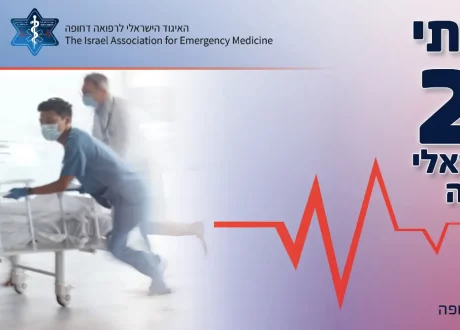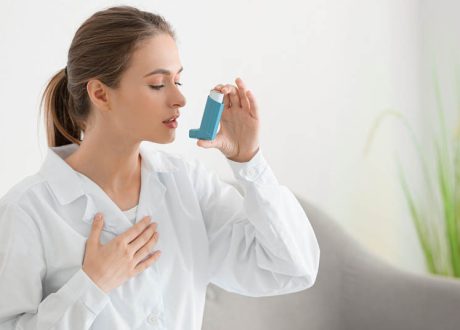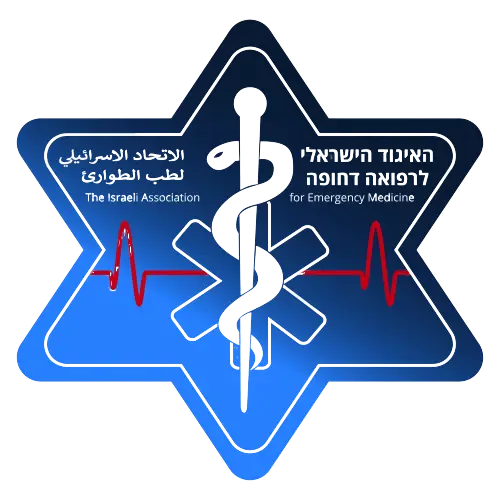Contributor: Aaron Lessen, MD
Educational Pearls:
What is thrombolysis?
-
Thrombolysis is performed by administration of a medication that promotes the body’s natural ability to break up clots. These medications include Alteplase (tPA) and Tenecteplase (TNK).
-
The main side effect of using such an agent is bleeding which typically occurs at puncture sites but can also occur internally. However, an unusual side effect of thrombolytic agents, which occurs in about 1-5% of cases, is angioedema.
What is angioedema?
-
Angioedema is a medical condition that causes swelling beneath the surface of the skin, typically in the face, lips, and throat (orolingual angioedema). Fluid leaks from blood vessels and accumulates in the deeper layers of the skin.
How are these two connected?
-
The mechanism by which angioedema occurs after thrombolysis is not well understood, but it is likely connected to how tPA can increase levels of bradykinin and histamine.
-
Swelling can appear suddenly but can also occur up to 24 hours after thrombolysis, and may last for a few hours or several days.
-
In some cases, angioedema can affect the airways, leading to difficulty breathing.
What can be done?
-
If this side effect occurs the provider can stop the medication or infusion and treat the patient with anti-histamines, steroids, epinephrine, and airway monitoring.
-
Medications such as Berinert or Icatibant, typically used in hereditary angioedema or ACE-i-induced angioedema, can also be used but have limited evidence for their efficacy.
Fun fact
-
tPA-related angioedema is about 4 times more likely in patients on ACE inhibitors. This is likely related to how ACE inhibitors also increase bradykinin and histamine in a patient’s body.
References
-
Zhu A, Rajendram P, Tseng E, Coutts SB, Yu AYX. Alteplase or tenecteplase for thrombolysis in ischemic stroke: An illustrated review. Res Pract Thromb Haemost. 2022 Sep 20;6(6):e12795. doi: 10.1002/rth2.12795. PMID: 36186106; PMCID: PMC9487449.
-
Pahs L, Droege C, Kneale H, Pancioli A. A Novel Approach to the Treatment of Orolingual Angioedema After Tissue Plasminogen Activator Administration. Ann Emerg Med. 2016 Sep;68(3):345-8. doi: 10.1016/j.annemergmed.2016.02.019. Epub 2016 May 10. PMID: 27174372.
-
Burd M, McPheeters C, Scherrer LA. Orolingual Angioedema After Tissue Plasminogen Activator Administration in Patients Taking Angiotensin-Converting Enzyme Inhibitors. Adv Emerg Nurs J. 2019 Jul/Sep;41(3):204-214. doi: 10.1097/TME.0000000000000250. PMID: 31356244.
-
Sczepanski M, Bozyk P. Institutional Incidence of Severe tPA-Induced Angioedema in Ischemic Cerebral Vascular Accidents. Crit Care Res Pract. 2018 Sep 27;2018:9360918. doi: 10.1155/2018/9360918. PMID: 30363665; PMCID: PMC6180929.
Summarized by Jeffrey Olson, MS1 | Edited by Meg Joyce & Jorge Chalit, OMS1









